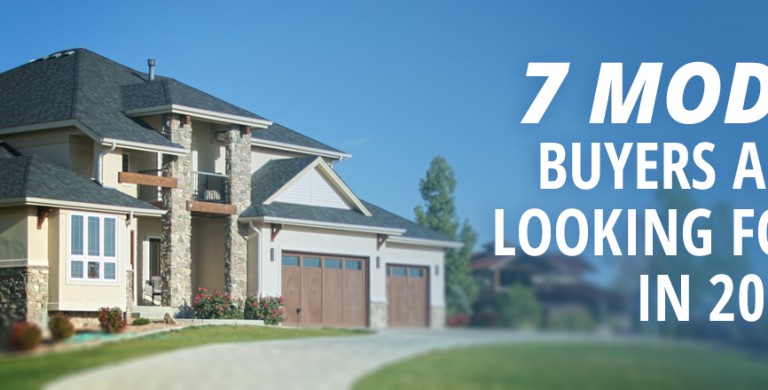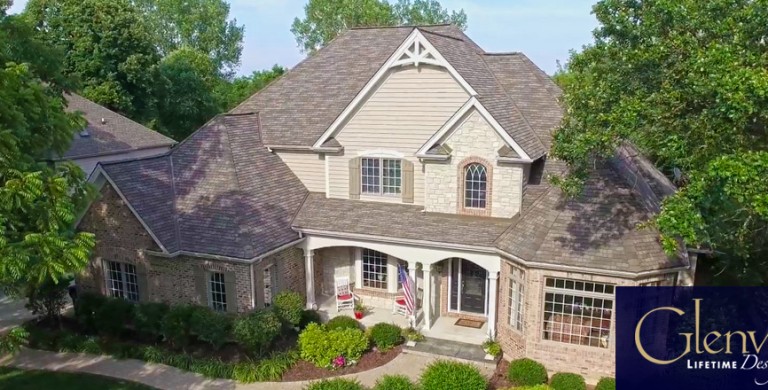It’s a big decision choosing your exterior siding. The siding material you select not only protects your home, but its color and style define its aesthetics, character and resale value. Gone are the days when aluminum and wood were your only home siding options. Today, exterior siding finishes include vinyl, stone, brick, wood, fiber cement, metal and stucco. To help you choose the best siding for your home, we’ve put together this home siding buyer’s guide that offers comparisons of siding materials and costs.
Comparing Types of Home Siding
Climate, durability, energy efficiency and lifespan are all factors to consider when selecting siding. In its June 2012 issue, Consumer Reports put different types of home siding to the test and found that the thickest and most expensive siding performed the best, but thinner, less expensive siding material did just as well. Here’s a comparison of the pros and cons of each siding type.

Vinyl siding is the most popular exterior siding choice and is offered in wood grain and smooth finishes. Photo courtesy of CertainTeed, one of our preferred siding manufacturers.
Vinyl Siding – Pros: Good performance and versatility. Withstands hail and wind and is resistant to fading, warping, water and insects. Hundreds of color, style and texture options. Low maintenance. Long lifespan. Inexpensive. Cons: No insulating properties. Lacks in energy efficiency. Can crack, melt and burn. Severe weather can cause damage. Expands and contacts in varying temperatures.
Stone Siding – Pros: Best in durability and longevity. Minimal maintenance needed. Resists rot, insects and fire. Long lifespan. Stone veneers and fabricated stone are good lightweight options to natural stone. Wide variety of styles. Cons: Most expensive option.
Brick Siding – Pros: Wide selection of textures, colors and sizes. Durable. Resists fire, fading and dry rot. Low maintenance. Good thermal and sound insulation. Long lifespan. Cons: Water penetrates brick veneer. High costs for materials and installation.
Wood Siding – Pros: Numerous types, including shingles, shakes, board and batten, split logs, clapboard and lap, and finishing options. Horizontal or vertical application. Good insulation for lower energy bills. Sustainable and renewable. Cons: Priming of wood needed to prevent water seepage. Moisture barrier needed. Susceptible to rot, insects, water damage and fire. Requires regular maintenance. Expensive plus additional cost for fire retardant treatment.

Fiber cement siding is known for its durability and natural wood grain appearance. Photo courtesy of CertainTeed, a Roofing Annex preferred product recommendation.
Fiber Cement Siding – Pros: Its blend of cement, sand and cellulose fibers combines the beauty of wood with the durability of stone or brick at a more affordable cost. Nice selection of patterns and colors. Does not decay, crack, rot, or swell. Resistant to termites, fire and water. Long lifespan. Cons: Not for winter climates where water freezing and thawing causes damage. Weight concerns. Requires periodic maintenance.
Metal Siding – Pros: Copper, steel, aluminum and zinc options can be reshaped to fit architectural features like curves, shapes, or edges. Resistant to fire, rot and insects. Strong, with a long lifespan. Can be repainted. Cons: Expands and contracts in varying temperatures. Moisture barrier is needed. Limited colors and styles. Aluminum and steel have low resistance to impact. Easily dents and scratches. Fades easily.
Stucco Siding – Pros: Created from a mixture of cement and sand or lime, it can be custom shaped and textured. Available in many colors. Fire resistant. Provides excellent insulation. Minimal maintenance. Long-lasting. Cost is reasonable. Synthetic stucco offers less expensive option. Cons: Best suited for warm, dry climates. Water seepage can cause separation. Prone to cracking. Labor-intensive installation process.
Cost Comparison of Exterior Siding
Just as diverse as the siding options are their costs. This chart gives the 2013 cost estimate range for siding materials for a 2,700 square foot home. The estimate is based on materials and supplies, national average hourly labor wages and unit labor productivity rates. Not included are general contractor costs, fees, sales tax and additional special materials, such as backings, frames, trim, complex configurations, etc.
| Exterior Siding Material | Estimated Cost |
| Vinyl | $3-$6 per square foot |
| Stone | $9.50-$15.25 per square foot; $10.30-$16.85 for stone veneer |
| Brick | $6.25-$12 per square foot; $6-$10.50 for brick veneer |
| Wood | $4.50-$6 per square foot |
| Fiber Cement | $4-$6 per square foot |
| Metal | $4.50-$6 per square foot |
| Stucco | $5.50-$8.50 per square foot; $6-$8.50 for synthetic stucco |
For exterior siding calculations based on the size of your home, contact the Roofing Annex, the experts in home siding.



